5 tips from a color psychologist to help you choose the best colors for your home – and your mood
Choosing colors can be a tricky decision, but these expert tips will help you know where to start


Choosing colors is one of the most important decisions you will make in your home decor. Color is central to conveying the overall design style of a room, but beyond that, color also plays a huge role in affecting the way we feel.
Most of us have color trends we're naturally drawn to, and it's widely known that neutrals can be calming whereas more saturated hues can inspire energy. But even with a basic knowledge of colors, it can be difficult to know where to start when choosing color schemes for your home decor ideas.
To help give you a better understanding of how to decorate with color, we spoke to Tash Bradley, Director of Interior Design and Color Psychologist at Lick. Tash explains five useful tips to keep in mind when considering the best colors for your home, which will help ensure you achieve a cohesive scheme that feels personal to you while setting the right mood for each room.
5 tips from a color psychologist for choosing the best colors for your home
'It’s the warm welcome home and a spring in your step as you walk out the door – color transforms how we feel,' says Tash. 'It’s the reason color psychology is at the heart of everything we do. We believe understanding color psychology is fundamental to helping you discover the colors that feel like the truest expression of your identity.'
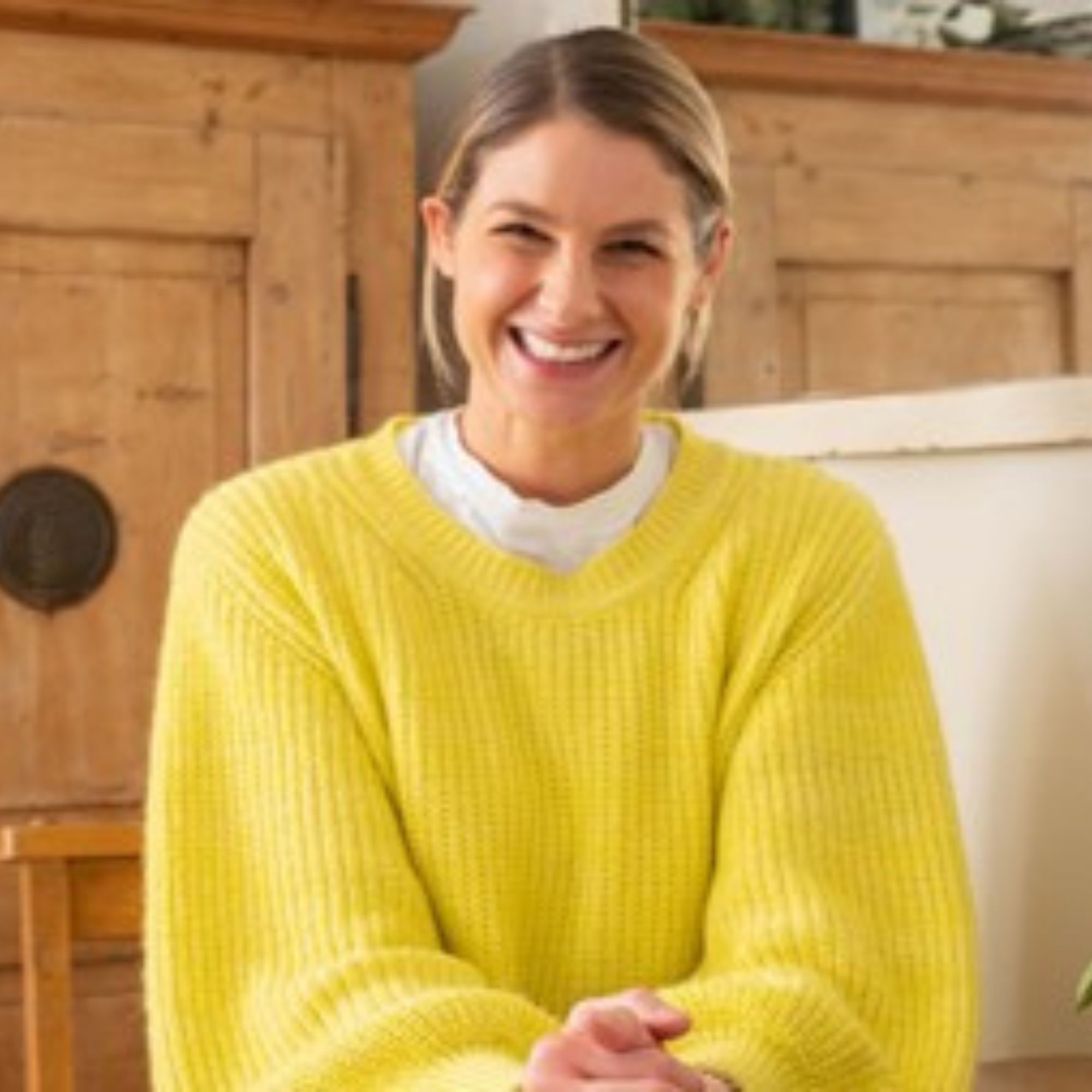
Tash is trained in color psychology and theory, she helps people around the world bring their dream decorating projects to life and utilize color to impact personal spaces, as well as overall lifestyle and wellness. Tash leverages her expertise in color psychology and theory, as well as interior design, to lead Lick’s design studio and curate the brand’s global paint and wallpaper offerings. To date, she has led 2,500+ color consultations for Lick clients, providing customers the confidence they need to create a home they’ll love.
1. Avoid 'trendy' colors
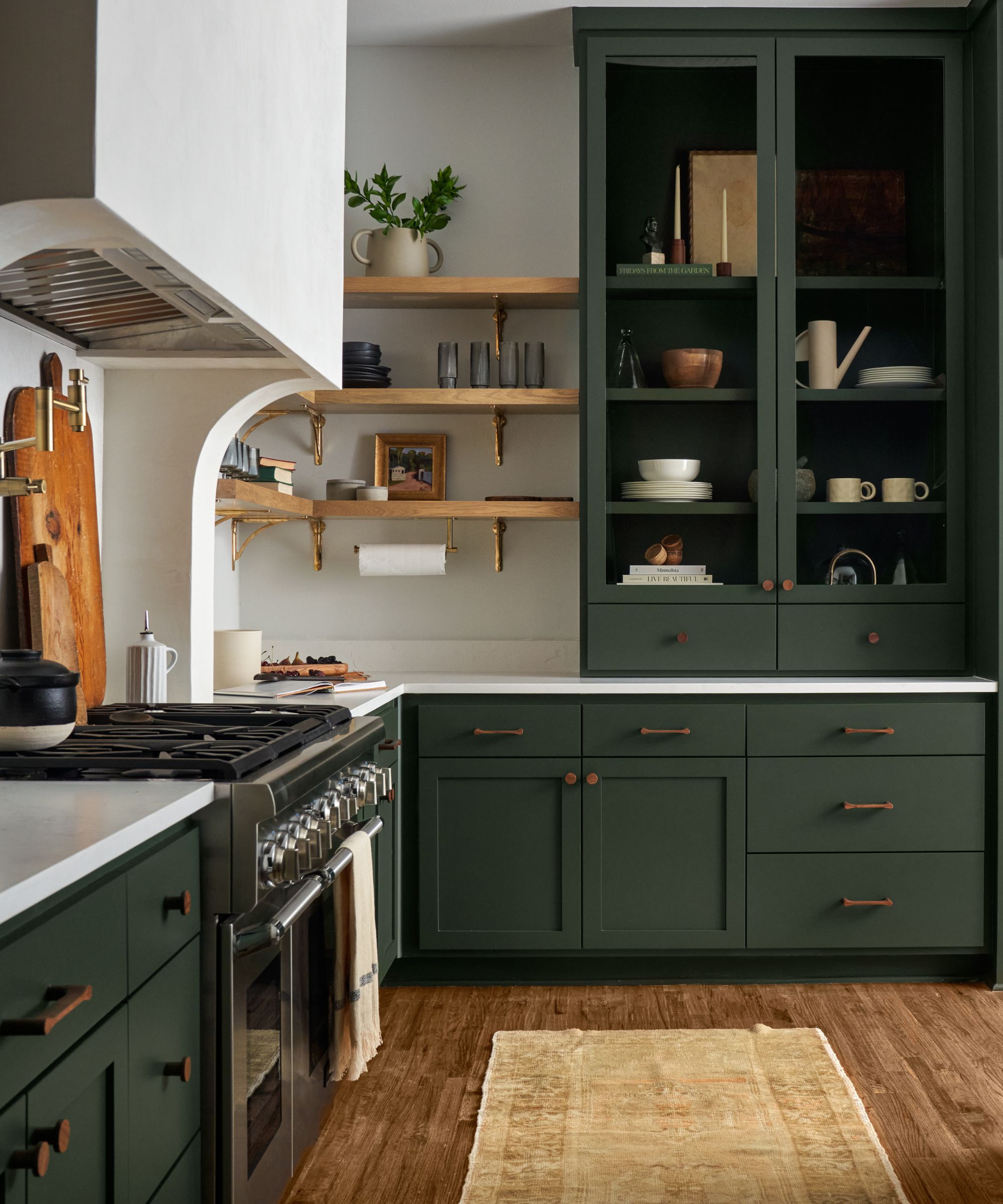
Although it can sometimes be tempting to look to interior design trends to dictate the colors for your home, Tash recommends that you follow a more personal approach. Trends can be short-lived so you're more likely to tire of overly trend-led colors quickly. Choosing colors that naturally bring you joy, however, regardless of what's on trend will ensure a far more sustainable approach.
'When you’re choosing colors for your home, it’s really important that you love the colors, and you don't just follow a trend,' explains Tash. 'You want to inject your identity and personality into your home and choose colors that amplify how you want your home to feel. I often find that clients are sometimes influenced by trends, and I always urge them to choose colors of love, instead of what they feel like other people will like. The only person you need to please when it comes to your home is yourself!'
2. Decide on an overall decor style

While you should ensure colors are first and foremost ones that you're drawn to, it's also important to consider establishing the overall style of your home, before deciding on colors. 'Think about whether you want to embrace a traditional, neutral style, or if you want something a bit more contemporary and bold,' says Tash. 'If you decide on traditional decorating ideas and a pared-back look, you'll likely be more drawn to decorating with neutrals, whereas if your home channels maximalist decor you'll be more attracted to bright and bold colors.
Design expertise in your inbox – from inspiring decorating ideas and beautiful celebrity homes to practical gardening advice and shopping round-ups.
When establishing the style of your home, make sure to ensure this also fits with the type of home you have. If your home is an old building with lots of intricate architectural details, you'll want to enhance this through your color choices, not detract from it. 'It’s important to consider the surroundings that already exist before you start decorating your home,' says Tash. 'Work with the house, not against it, and think about what elements you might want to keep, and what you want to change.'
3. Consider the mood you want to create
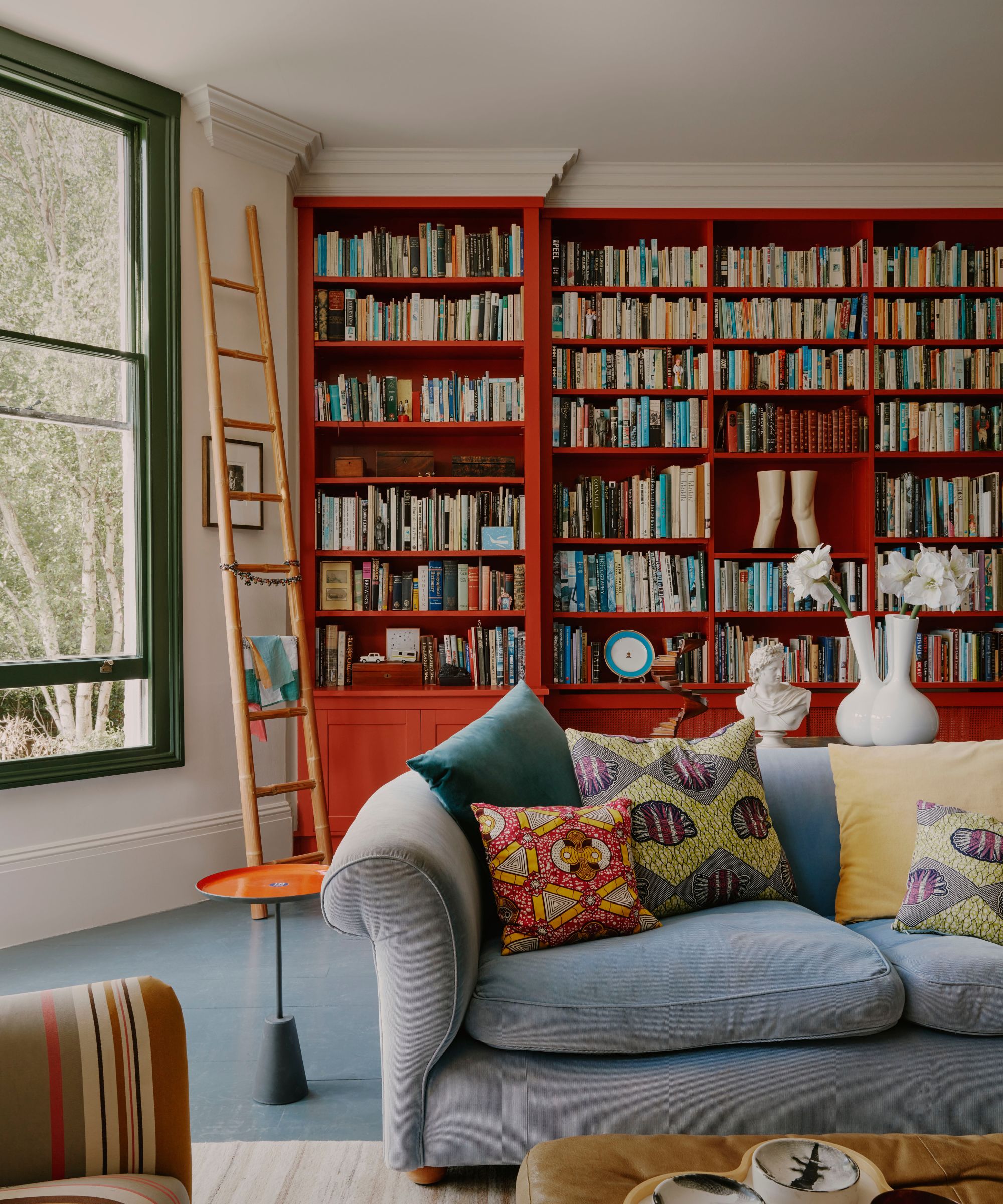
It's also important to consider the mood that you want to create in each room. For most of us, creating a calming atmosphere can be highly appealing, using our homes as restoring spaces to relax in at the end of each day. 'If you want a calm feeling, start by thinking about which colors make you feel tranquil and serene,' says Tash. 'For example, Lick’s White 05, Taupe 03, and Green 02 are perfect for creating a calming space, and you can use them in a plethora of ways, which gives you space to let your personality shine, whilst also embracing the relaxing tones.'
4. Stick to a maximum of 6-8 colors
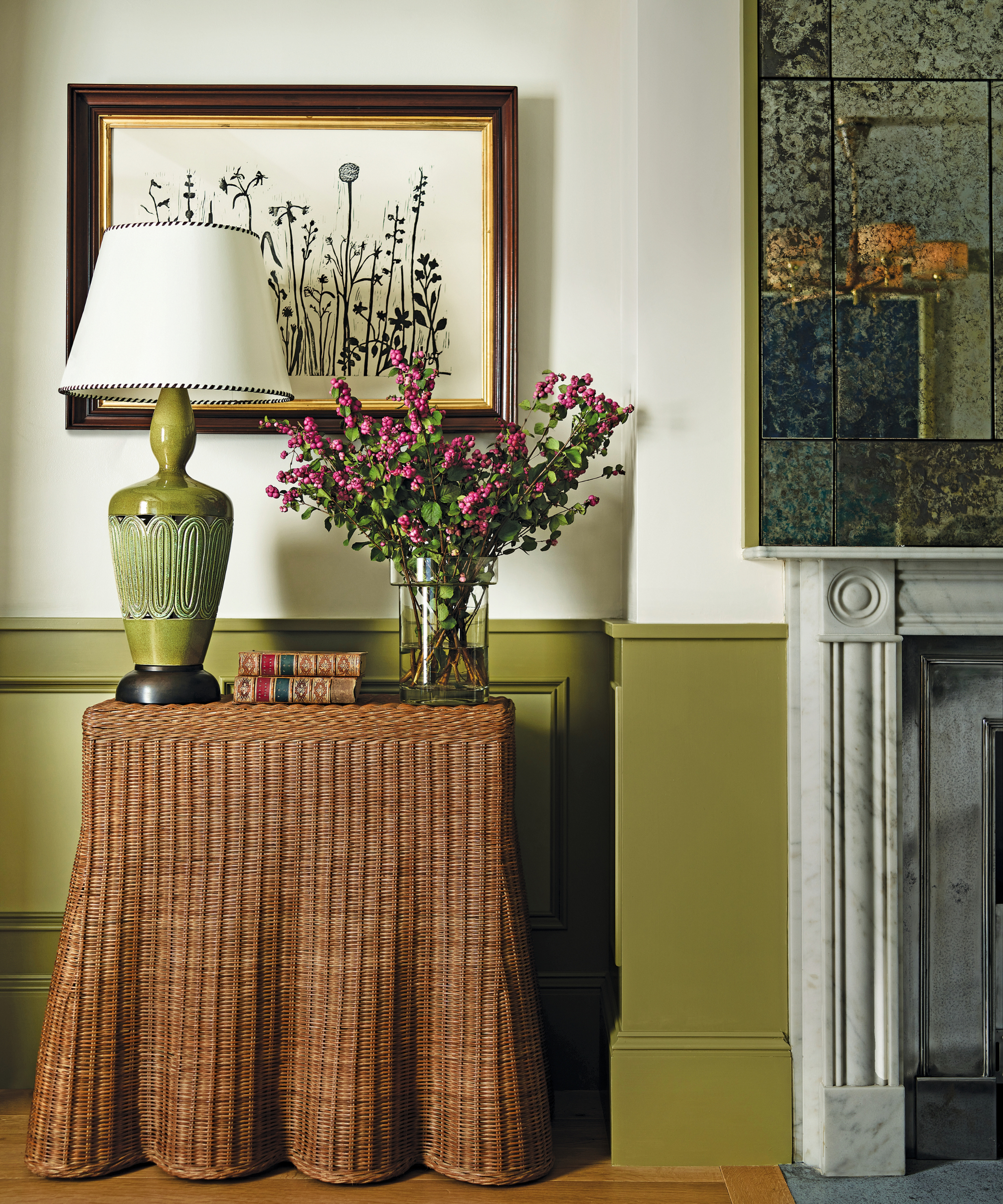
As a general color rule to follow to ensure you don't overwhelm your home with color, Tash advises: 'When thinking about your color palette for your house, I would stick to no more than six to eight colors for a full house renovation. I would then recommend no more than three colors per room. For instance, if you have white, green, blue, teal, pink, and an accent yellow, you’re able to go up and down the weight and scale of those colors. You could use the pink on the walls, and then go for a dark pink for your sofa, and it then remains within one of the three colors per room. This will also help you avoid a room becoming too ‘matchy-matchy’, so you can have fun when playing with the tones of your color palette.'
5. Choose one standout color
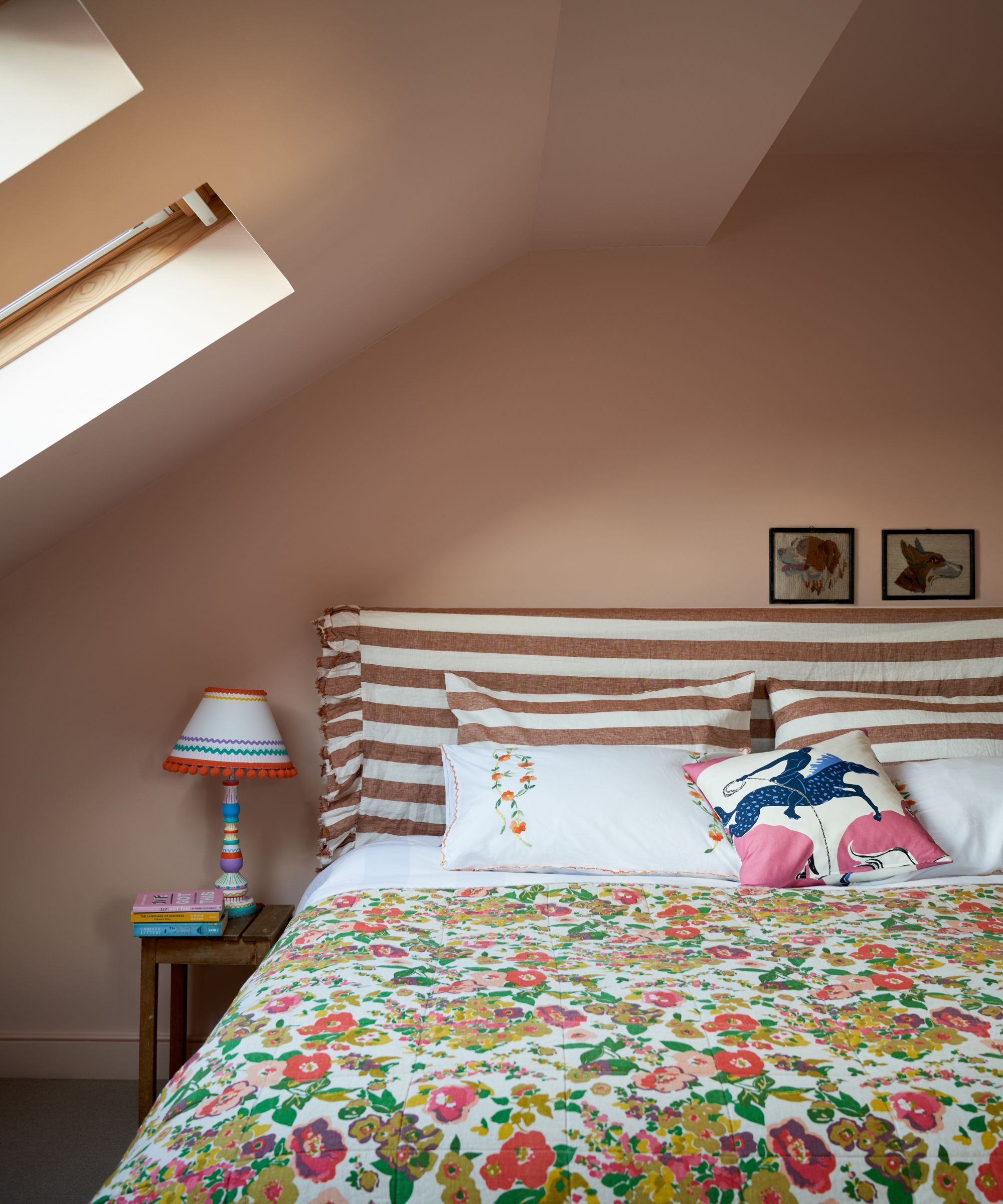
Tash's final tip for creating a balanced color scheme throughout your home is to choose one standout color that ties all of your rooms together, ensuring each room feels connected to an overall theme.
'It’s really important to have one color as your red thread throughout the house that links all of the rooms together. For example, you could have pink running through the house in each room which will really tie the palette together throughout the whole house.'
If your home is in need of a refresh for the new year, decorating with color can totally transform a space. Follow Tash's color tips to create a personalized scheme that feels balanced and most importantly, is filled with the colors that bring you joy that you'll love for years to come.

Emily is a freelance interior design writer based in Scotland. Prior to going freelance in the spring of 2025, Emily was Homes & Gardens’ Paint & Color Editor, covering all things color across interiors and home decor for the Homes & Gardens website. Having gained specific expertise in this area, Emily is well-versed in writing about the latest color trends and is passionate about helping homeowners understand the importance of color psychology in home design. Her own interior design style reflects the simplicity of mid-century design and she loves sourcing vintage furniture finds for her tenement flat.